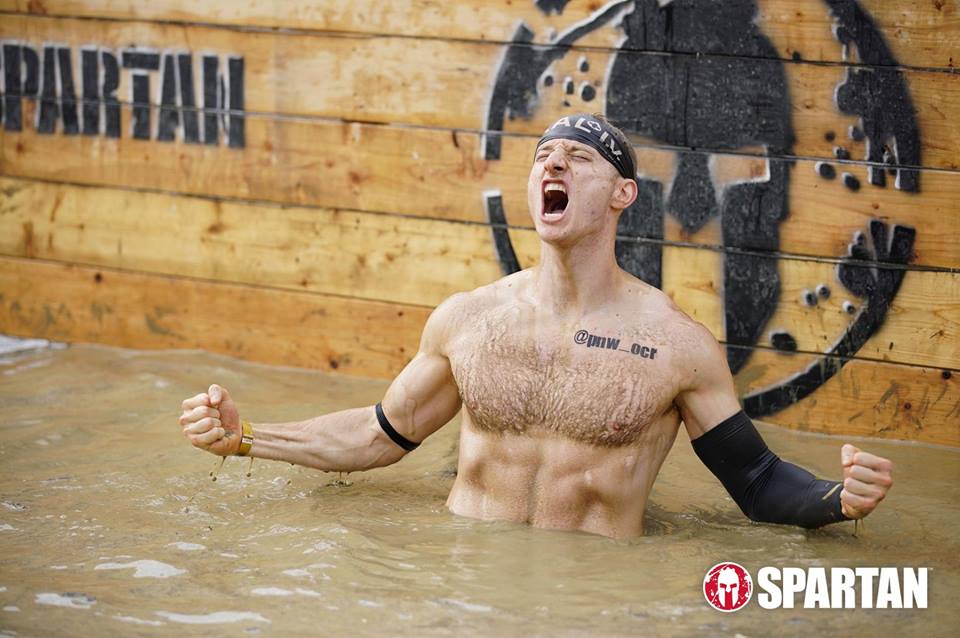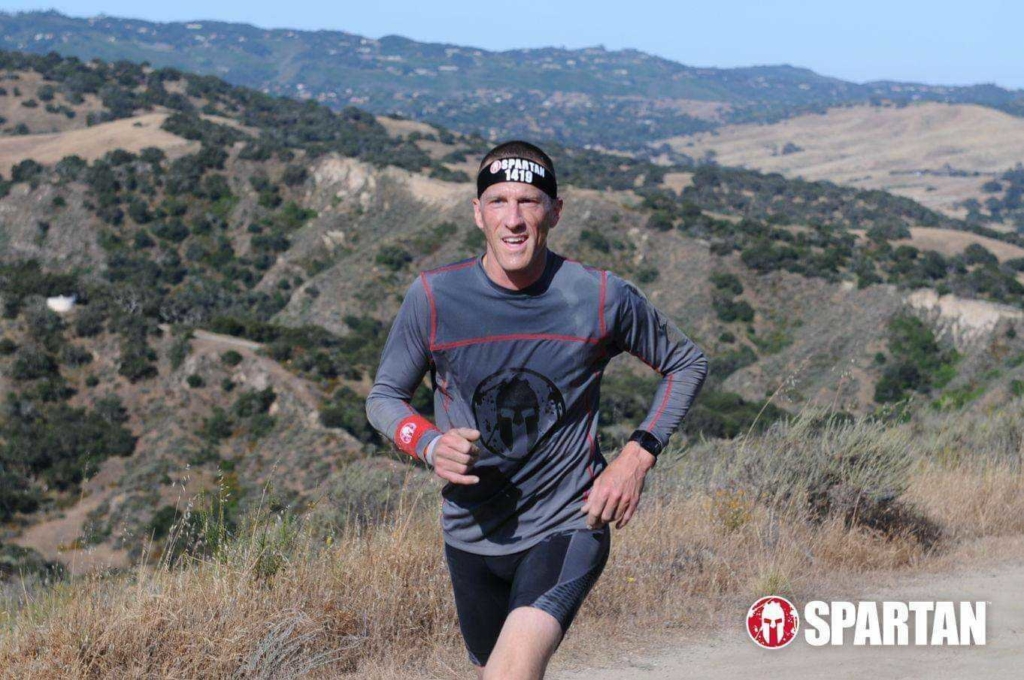What’s going on in Elite and Age Group Competition?
Author: Seth Buchwalter
Go to Source
A collaboration between Seth Buchwalter and Daniel Ludwig
We’ve seen the pictures and videos; witnessed heartbreak and frustration. As obstacle course racing becomes more popular, and attempts to be seen as a “real sport,” cough cough Olympic Games, there seems to be a disconnect between those looking to run the course for fun, compete for actual qualifications and money, and the events themselves. Over the past few weeks, there have been major announcements from the industry’s top players, including strict penalties, rule changes, and even the complete elimination of competitive racing all together. 2019 has been exciting to say the least!
If the community and its major brands want to be taken seriously as a competitive sport, and earn a bid into Olympic glory, there must be a true competitive series, with strict rules, qualifications, professional-level prizes, and a supporting cast of “open” group of racers to help grow the future of our sport, without diluting the champion-caliber athletes.
Standardization is Key
We’re going to come right out and say it. There are too many people who take advantage of open registration for elite/competitive athletes. First hand, as competitive age group racers, pushing for a podium spot, there are plenty of people we pass, who are walking with an elite band, even on shorter courses. For races with World OCR qualifiers, or global series, such as Warrior Dash, Spartan Race, Savage Race, etc., open racers or Age Group in the case of Spartan, should NOT be catching up to elite racers, who start 15-30 minutes ahead of the pack.
As Age Group Racers ourselves, there have been cases where we’ve chatted with people in the corral, who blatantly tell us they’re only signed up for the age group start because of the timing. While this may not impact our results, other racers who start in later competitive waves have to deal with these early starters jamming up obstacles and single-track paths. Not only is that detrimental to finisher times, but it’s also dangerous for a participant who may not be familiar with the etiquette of competitive OCR. “On your left,” may not register.
For elite heats, there is no question that OCRs should have a qualifier, which should not be outrageous to meet, but enough to keep the competition organic and exciting. Whether it’s a top 10 AG finish or another condition, racers should be held to the highest standards. You should not be able to register for an elite OCR if you can’t finish before the next wave starts. Big money is on the line, but more importantly, competitors should not have to worry about safety issues with clogged obstacles or trails. Is it out-of-line to say it’s unfair that anyone can just sign up and run the Elite wave, next to the best in the world?
Obstacle Proficiency
Now, touching back on another extremely relative topic, it doesn’t take long to scroll through the free public photos, or live streams available from races, to see people breaking mandatory obstacle or penalty rules. Whether they’re supporting a bucket on their shoulder, grabbing the top of an obstacle, or completely disregarding an obstacle and associated penalties, just to get through faster, it’s extremely frustrating for the competitive racer.
Of course, the majority of people who break rules, skip penalties or completely shark their way through a race are most likely not going to challenge anyone’s podium. We like to think there is strong integrity in true elite and competitive racers. However, if a racer is not held to the strong standards, to which they agreed while signing up in that bracket, they hurt the sport’s honor and reputation. Those grabbing “no touch” pieces of obstacles and posting their action shot on Instagram, while supporting the competitive band or bib, ignites a passion from those of us who work incredibly hard to fly through these obstacles for a chance at a podium or a big novelty check.
We do understand that these OCR organizations are businesses, and their bottom line is extremely important. But we do believe that longevity should obviously also be a concern. When it’s all said and done, it may prove difficult to run a qualifier for Age Groupers, as there are a significantly larger number of active folks in those brackets.
We Love Volunteers, But They Need to Drop the Hammer
If participants are going to break the rules, they must be held accountable, especially if there is photo or video evidence. Propose the elite and Age Group qualifier, or disqualify racers, post-race after the photos are made available. This comes with a call for better course marshaling. Perhaps, if these heats were better patrolled, fewer non-competitive runners would register, opening it up for those looking to take a serious run at the podium.
Conceivably, not all of those who “gain a competitive advantage” on the course are “cheating.” While everyone should be reading the rules before toeing the line, ignorance may still be a tremendous player in the OCR world. That said, it’s the judges (or volunteers’, as the case may be) job to simply assess the penalty, not decide why they didn’t complete the obstacle correctly.
In the spirit of creating a positive conversation, use of the word cheating” should be limited, as it implies intent (not that that doesn’t happen, of course), and has a negative connotation.
We thank the volunteers on course for their service, but there must be a way to ensure they are holding their responsibilities with honor and excitement for the sport. This is a tricky, yet important issue. Most volunteers work hard and are doing a great job, but we need people at the obstacles who are going to make the right call. Unfortunately, many are simply volunteering to earn that free race; sitting there for 6 hours or so seems easy enough if you don’t have to do anything… Better education, perhaps a reward with a higher value?
It’s important to open up the conversation to EVERYONE on course. We hear a lot from the racers, but learning from volunteers and judges about the issues they see, as well as the race
Mud Run Guide is here looking for solutions. What do you propose would be a strong solution to obstacle misuse, bottlenecks in competitive waves or making sure OCR is set to take center stage at the Olympics? We’re confident that, in the true spirit of MRG, we can have an intelligent, positive conversation, and come up with some potential solutions. Let us know what you think in the comments!
The post What’s going on in Elite and Age Group Competition? appeared first on Mud Run, OCR, Obstacle Course Race & Ninja Warrior Guide.


